Best
Overall Digital Piano
-
Overall: A Teacher's Favourite For Learning With Graded Hammer Action Keys
-
Best Feature: With A Graded Standard Hammer Keyboard And Sustain Pedal For An Authentic Playing Feel
-
TedScore™: 9/10
Best
Overall Upright
Piano
-
Overall: Attractive Design With A 48" Height And 59" Width
-
Best Feature: High-Quality Materials Used Throughout The Production Process
-
TedScore™: 10/10
Best
Beginner Digital Piano
Piano UNMISTAKABLE QUALITY AND STYLE
-
Overall: OLED Display That Makes Navigation Easy
-
Best Feature: Spatial Headphone Sound Technology Enhances The Depth And Realism Of The Sound
-
TedScore™: 8.5/10
Playing the piano can be challenging, like running a finger marathon, but having a Piano Practice Checklist makes a big difference.
It helps me keep the music sounding great and makes practicing feel more organized and productive, turning it from a tedious task into a practical session!

As a pianist, I’ve played tons of scales and arpeggios, and let me tell you, the right checklist can keep you moving smoothly through those tricky pieces instead of stumbling.
Keep reading, and I’ll share the recipe for a practice session that’s as enjoyable as having a warm scone with tea.
Let’s play those keys with a smile!
Developing Effective Practice Habits
Effective practice habits are vital to making the most of my time. I’ll share some of the essentials I incorporate into my regimen to stay on track for more productive practice session.
Focusing on Techniques and Exercises

I always start with finger power exercises to warm up my hands—it’s a lot like stretching before a run. I play scales and arpeggios to fine-tune my fingers and engage my brain.
Finger power exercises don’t just sound cool; they’re magic for my talent. I sprinkle them into my practice to keep my fingers nimble.
- Check posture: Sit up straight and relax your shoulders. Tune into the right mindset before beginning.
- Warm-up: Begin with basic finger stretches and warm-up activities
- Scales: Practice a variety of scales for finger agility and ear training (e.g., five-finger scales).
- Technical drills: Rotate between Hanon and finger power exercises to build strength
- Consistent routine: Dedicate time daily for technical practice. Aim for a set duration, be it 20 minutes for beginners or more for advanced levels.
- Repertoire: Finish with a piece I love to blend joy into technique. Record practice progress in a notebook or app.
Mastering Music Theory and Sight-Reading

Music theory once seemed as fun as watching paint dry. But it’s become a game-changer with a sprinkle of music theory worksheets during my practice.
Sight-reading is another skill I practice regularly. Working on both theory and sight-reading is like giving my musical understanding a caffeine boost—though, of course, with fewer jitters.
Setting Up for Success
Before playing the piano, let’s chat about organizing everything for practice. It’s not just about hitting the keys; it’s about building habits that will help you play well.
Planning Your Practice Schedule
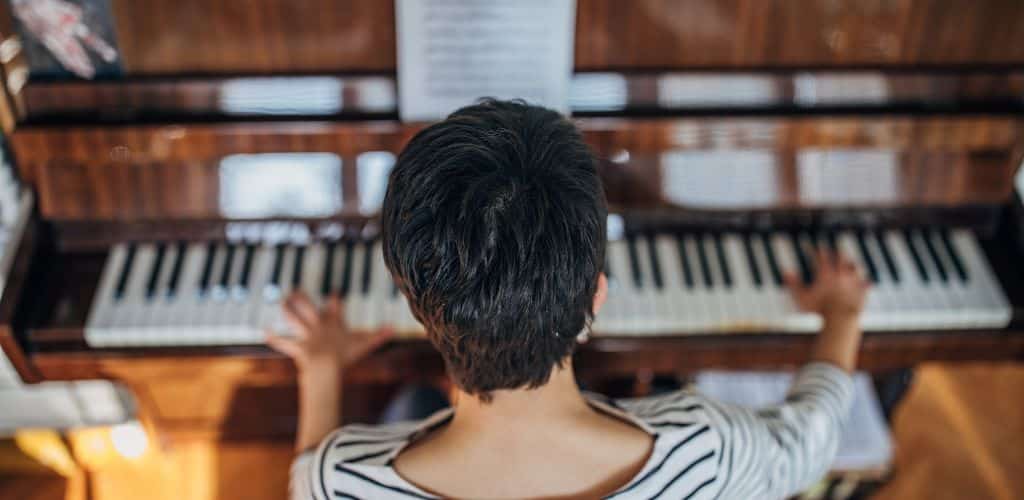
Planning is my cup of tea – it keeps me from fussing about it. Carving out a daily practice slot at a consistent time works wonders.
- Warm-up: 5 minutes of scales and arpeggios
- Review: 10 minutes playing pieces from last week
- New Material: 15 minutes learning new songs or sections
- Technique: 10 minutes focused on a specific skill
- Cool Down: 5 minutes of light, fun play
Goal Setting and Progress Tracking
I’m all for setting realistic goals that make me beam with pride upon reaching them. A practice journal or piano practice chart is my trusty sidekick, tracking progress like a hawk.
When creating a practice steps checklist for younger students, it’s essential to include reminders for taking frequent breaks to help them stay focused and energized during practice sessions.
By incorporating prompts for short breaks, younger students can maintain their attention and enthusiasm, ensuring that students stay engaged and motivated throughout their practice time.
Top Piano Brand Guide

If you’re looking to purchase a new piano, then the models below are all superb. I’ve played them all, and can totally recommend them.
Yamaha U1 Upright Piano
The Yamaha U1 Upright Piano boasts exceptional craftsmanship with its solid spruce soundboard and advanced action mechanism, delivering a rich, resonant tone and responsive touch.
Its durable construction and consistent performance make it a top choice for both students and professional pianists.
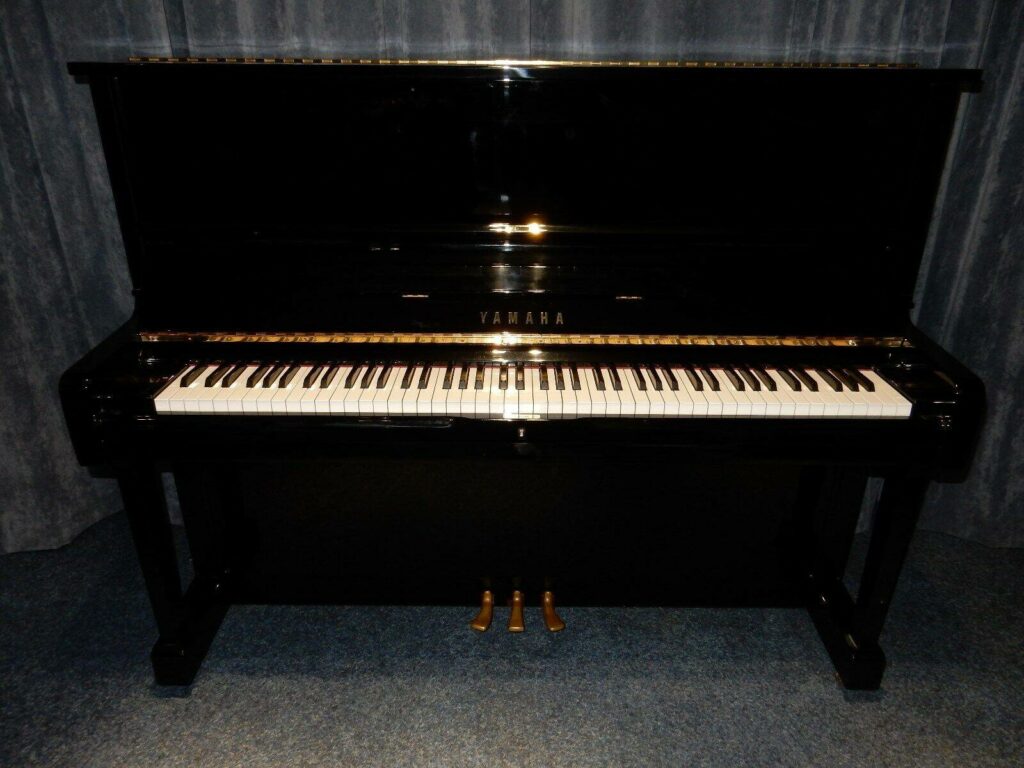
Yamaha U1 Upright Piano
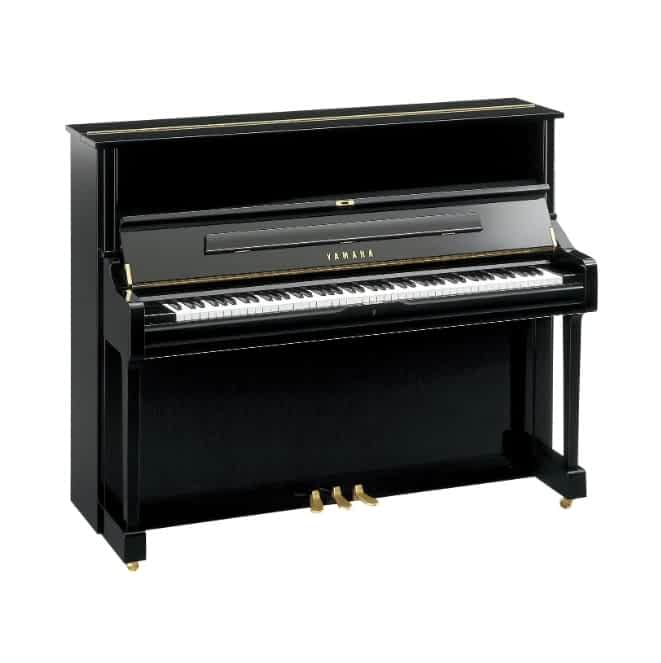
PERFECT FOR: beginners to professional pianists
FEATURES: Attractive design with a 48" height and 59" width
OTHER INFO: High-quality materials used throughout the production process
Yamaha U1 Upright Piano
- Light play action is designed to prevent hand fatigue and encourage practice time
- Offers a nice tonal balance across the entire keyboard, with all 88 notes complementing each other
- Provides amazing sound quality that continues throughout the years of proper maintenance and care
- Affordably priced within its class and offers great resale value
- Designed for studio-type spaces - may not fill larger rooms with sound as well as the larger U3 upright piano
When you click ‘Check Price’, you’ll see there are loads of great places to buy this item. Our personal favorite is Sweetwater for the US, and Thomann and Gear4Music for the UK & Europe.
They are the largest music retailers, with excellent customer service, competitive prices, really fast shipping, and the longest guarantees.
The professional musician who wrote this article combined many things,
from the product build, manufacturer’s reputation through to feedback
from other users, to create our famous TedScore™.
Kawai CN21 Digital Piano
The Kawai CN21 Digital Piano features the Advanced Hammer Action IV-F keyboard and Harmonic Imaging sound technology, providing an authentic and expressive playing experience.
Its built-in lesson functions and high-quality speaker system make it an excellent choice for both beginners and experienced players, offering versatility and superior sound quality.
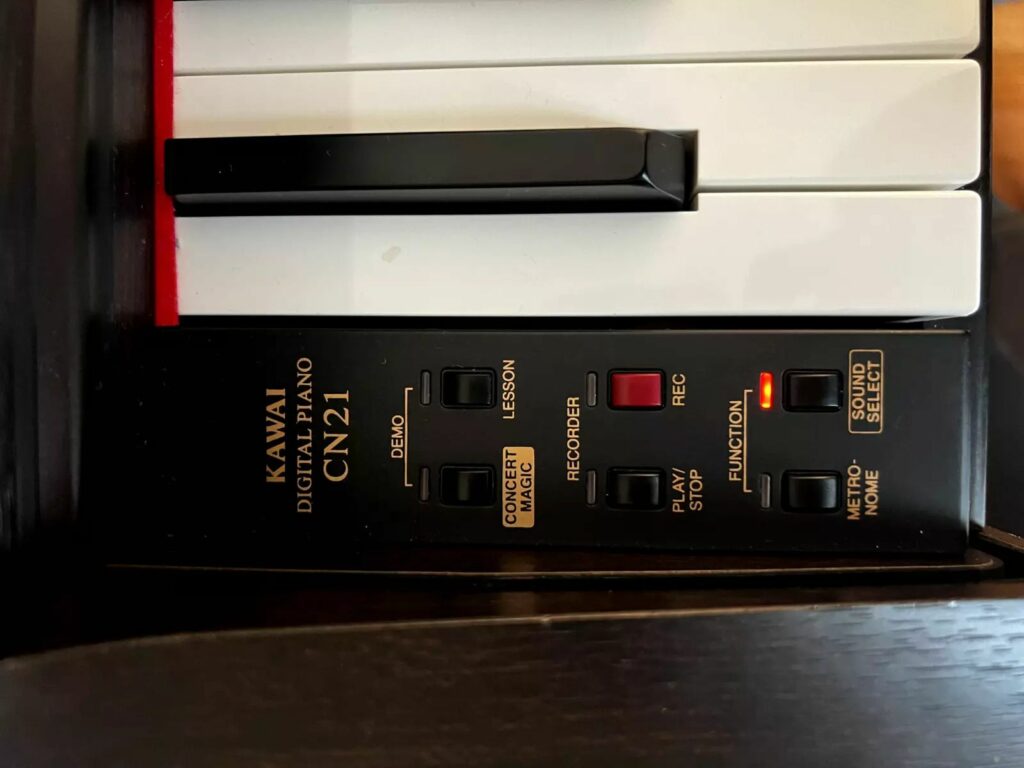
Kawai CN21 Digital Piano
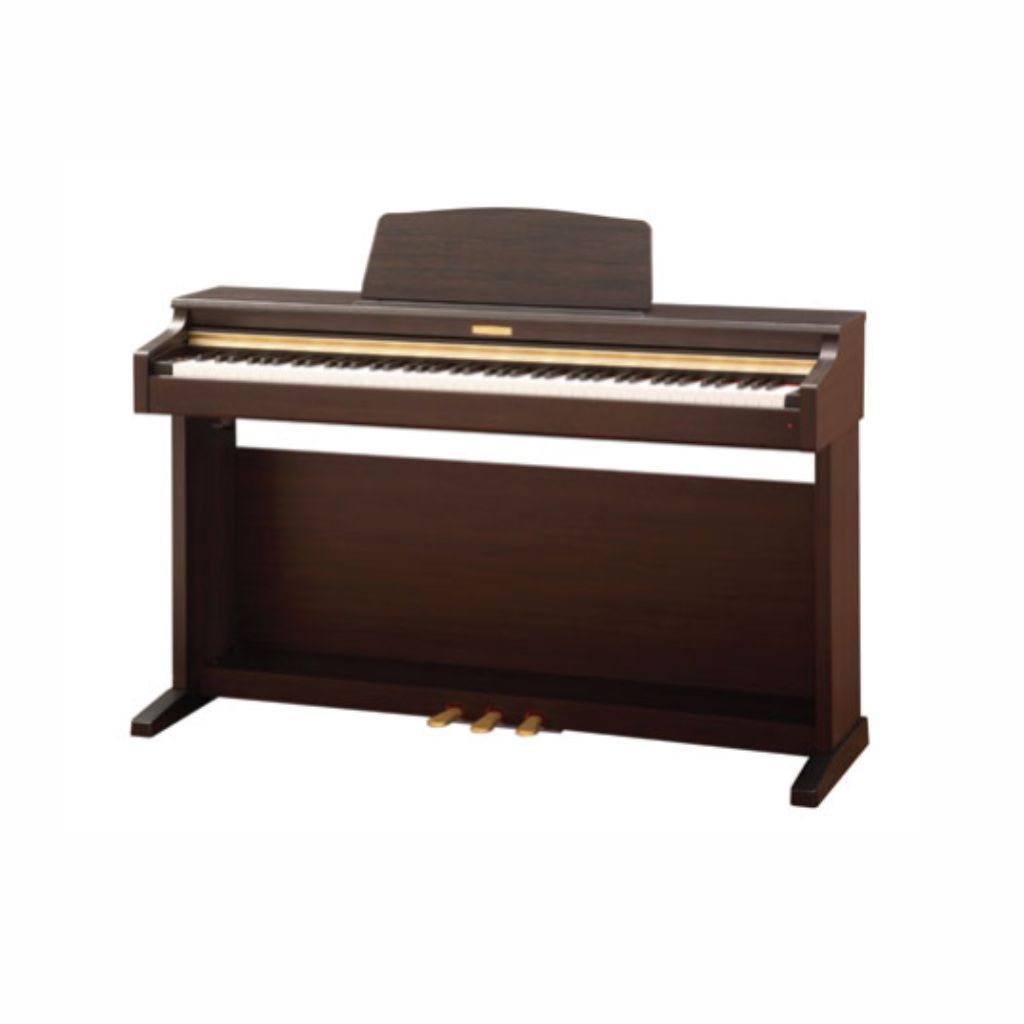
FEATURES: OLED Display That Makes Navigation Easy
OTHER INFO: Spatial Headphone Sound Technology Enhances The Depth And Realism Of The Sound
- Includes Kawai's lesson function to learn classic piano pieces
- Adjust the instrument's parameters with the Virtual Technician app
- Creates rich and expressive sounds like the SK-EX and EX concert grand pianos
- With Superior Headphone Sound technology to enhance playing experience
- Advanced mode requires an iPad to access
When you click ‘Check Price’, you’ll see there are loads of great places to buy this item. Our personal favorite is Sweetwater for the US, and Thomann and Gear4Music for the UK & Europe.
They are the largest music retailers, with excellent customer service, competitive prices, really fast shipping, and the longest guarantees.
The professional musician who wrote this article combined many things,
from the product build, manufacturer’s reputation through to feedback
from other users, to create our famous TedScore™.
Yamaha P45 Digital Piano
The Yamaha P45 Digital Piano features the Graded Hammer Standard (GHS) keyboard, providing a realistic acoustic piano feel, and Advanced Wave Memory (AWM) sampling for rich, authentic sound.
Its compact design and easy-to-use interface make it an ideal choice for beginners and those needing a portable, high-quality digital piano.
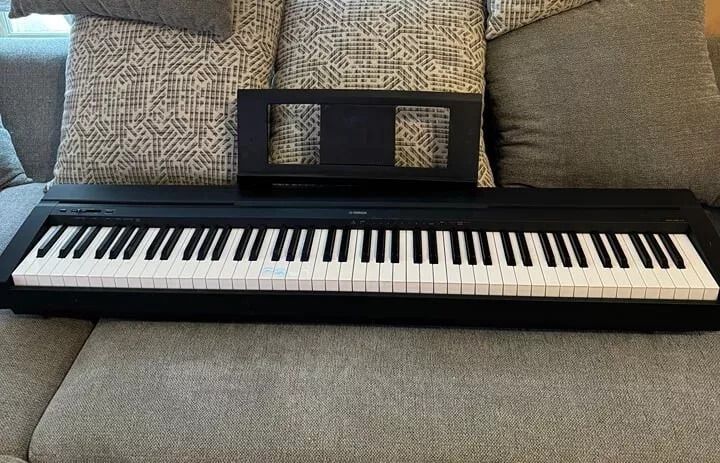
Yamaha P45 Digital Piano

PERFECT FOR: New musicians
FEATURES: A teacher's favourite for learning with graded hammer action keys
OTHER INFO: With a graded standard hammer keyboard and sustain pedal for an authentic playing feel
Yamaha P45 Digital Piano
- Legendary Yamaha quality
- Includes three months of Flowkey Premium
- You'll need to purchase a stand and bench separately, which can add to the overall cost
When you click ‘Check Price’, you’ll see there are loads of great places to buy this item. Our personal favorite is Sweetwater for the US, and Thomann and Gear4Music for the UK & Europe.
They are the largest music retailers, with excellent customer service, competitive prices, really fast shipping, and the longest guarantees.
The professional musician who wrote this article combined many things,
from the product build, manufacturer’s reputation through to feedback
from other users, to create our famous TedScore™.
Piano practice checklist:
A Recap
A piano practice checklist is like having a trusty roadmap on a thrilling journey. It’s not just a list; it’s my guide to navigating the choppy seas of scales and the winding paths of chord progressions.
Each tick on my checklist is a mini celebration, a pat on the back for a well-done job. I imagine my fingers skipping through each practice session, turning complexity into simplicity with every carefully planned step.
Creating this checklist allowed me to witness my growth in weeks and in real time. It’s delightful to see how far I’ve come, from halting first attempts to fluid, confident playing.
My advice? Embrace your checklist with the same joy you feel when a favorite melody hums in your head.
Let it be the rhythm to your routine, making your practice sessions as harmonious as the tunes you aspire to master. Catch you later, checklist—our next piano adventure awaits!
Keep reading, there’s more…
Discover the top 10 digital pianos for beginners in this comprehensive article, helping you find the perfect instrument to kickstart your musical journey.
FAQ's
Your piano practice routine should include warm-up exercises, technical drills, learning new pieces, reviewing old ones, and working on specific techniques or challenges to improve your overall playing skills.
The amount of time you practice piano daily depends on your goals and schedule, but aiming for at least 30 minutes to an hour of focused practice can yield significant improvement over time.
Thirty minutes of piano practice can be beneficial, mainly if it’s focused and consistent, allowing you to progress and maintain a regular practice routine. However, practice effectiveness also depends on the quality of focus and engagement during that time.
12-year-old piano students can benefit from 30-45 minutes practice time daily. Still, the specific duration should be based on their individual attention span, motivation, and the guidance of their piano teacher or parents.












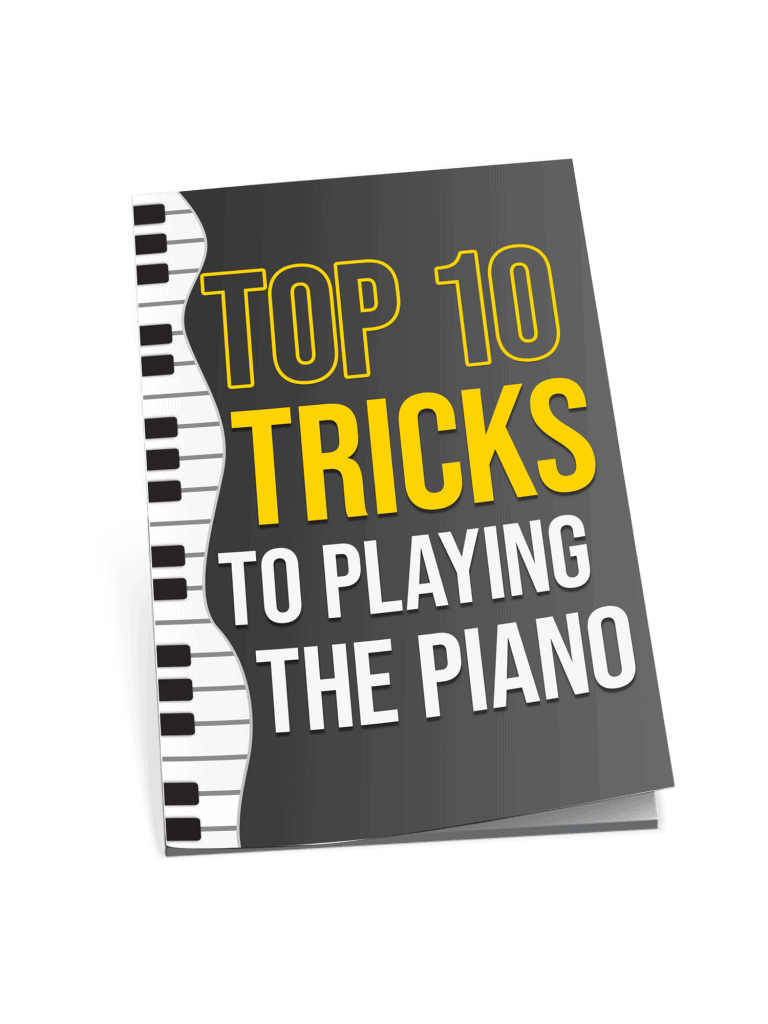
Loved the section on goal setting and progress tracking. As a runner, I find that tracking progress not only motivates but also helps in understanding where improvment is needed. Gonna try these tips for my piano sessions too!
Regarding the segment on mastering music theory and sight-reading, it’s important to underscore that while having a structured schedule is beneficial, flexibility in adapting to one’s learning curve is crucial. Not every student will progress at the same rate, and teaching methodologies should accommodate this variability. Additionally, integrating technology and interactive apps can significantly enhance the learning experience. It might be worth mentioning these points, Dawn Hardwick.
imagine playing a digital piano when u can just download a piano app on your phone lol
Was wondering if the Yamaha P45 is good for beginners? I’ve read through the guide but still unsure if it’s the right fit for me. Any advice, Dawn Hardwick?
yeah samantha, it’s a solid choice, got one for my sister last year and she loves it
Samantha, the Yamaha P45 is fantastic for beginners. It’s user-friendly and doesn’t break the bank either.